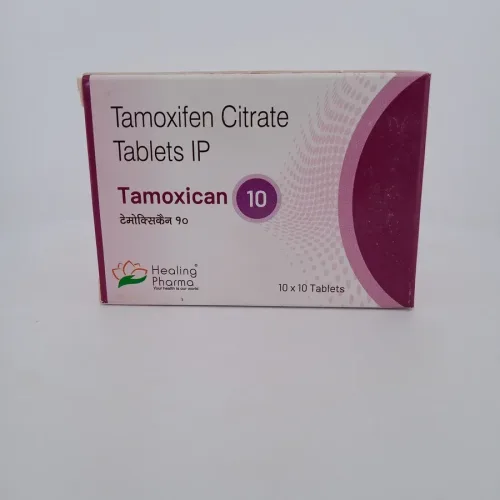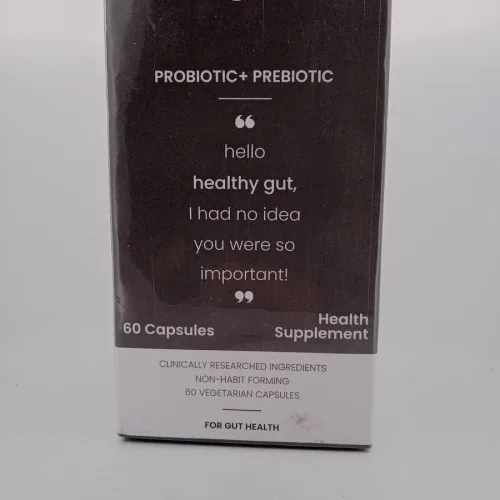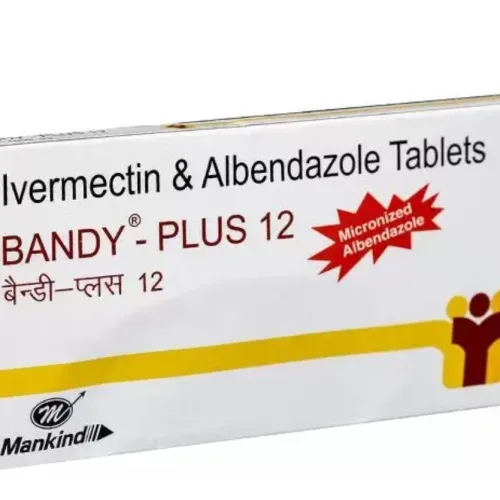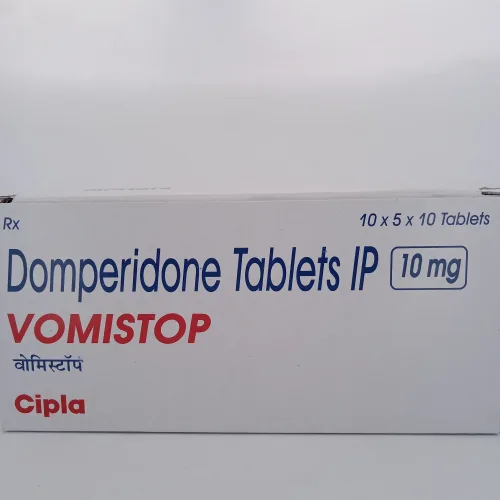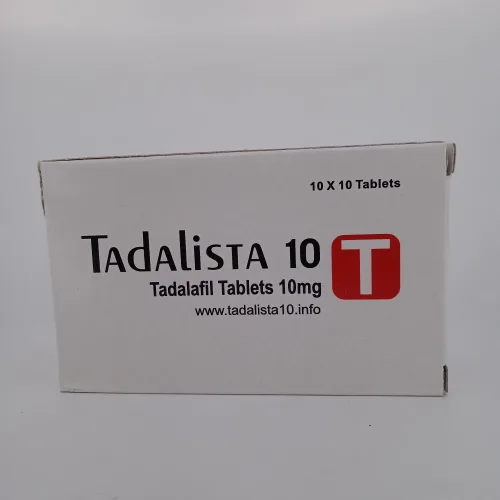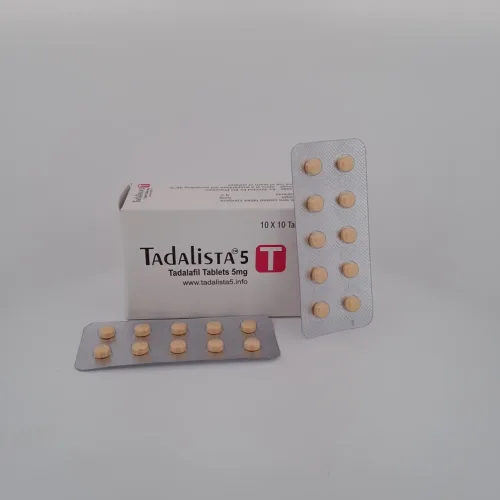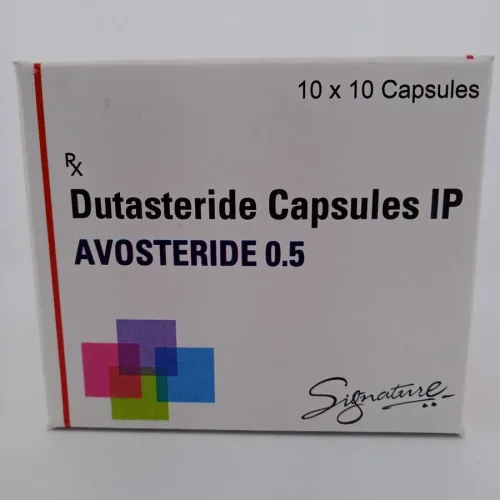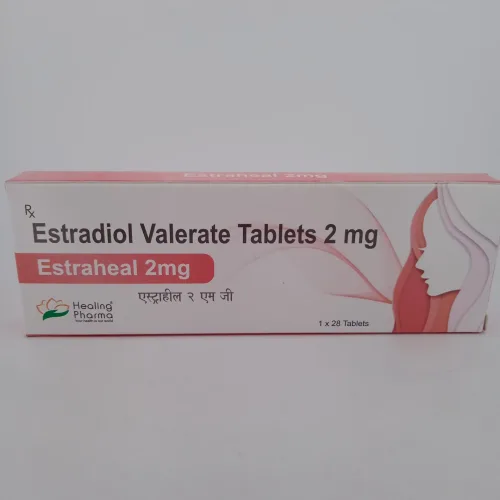we are committed to ensuring complete customer satisfaction.
Welcome to the new AIPCTSHOP! Better design, smoother checkout, and the same reliable delivery you trust.
USD $0.00
Cart TotalNo products in the cart.
Exclusive Products
USD $35.00 Original price was: USD $35.00.USD $31.50Current price is: USD $31.50.Add to cart
Vomistop 10 mg – 500 pill
Exfoliation is a key step in maintaining radiant, healthy skin. It involves removing dead skin cells from the surface, which helps prevent clogged pores, dullness and uneven skin texture. When done correctly, exfoliation boosts the effectiveness of other skincare products, allowing them to absorb better and work more efficiently.
What Exfoliation Really Means
Exfoliation is the process of removing dead skin cells from the surface of the skin. This helps reveal a smoother, brighter complexion and allows skincare products to penetrate more effectively. Regular exfoliation promotes healthy cell turnover, prevents dullness, and keeps the skin looking refreshed and rejuvenated.
Benefits of Regular Exfoliation
Exfoliating improves skin texture, reduces clogged pores, and minimises the appearance of fine lines and blemishes. It also helps to fade dark spots and even out skin tone. By encouraging new cell growth, exfoliation leaves the skin softer, brighter, and better prepared to absorb moisturisers and serums.
Physical vs Chemical Exfoliation
Physical exfoliation uses scrubs or tools to remove dead skin cells manually, while chemical exfoliation relies on acids like AHAs or BHAs. Both methods are effective, but chemical exfoliation is generally gentler and more suitable for sensitive skin when used correctly and at the appropriate concentration.
Choosing the Right Exfoliant for Your Skin Type
Oily and acne-prone skin often benefits from salicylic acid, while dry or sensitive skin is better suited to lactic acid or enzyme-based exfoliants. Those with normal or combination skin can use a variety of mild exfoliants. Selecting the right product prevents irritation and enhances results.
How Often Should You Exfoliate
Exfoliation frequency depends on your skin type and product strength. Most people benefit from exfoliating two to three times per week. Over-exfoliating can damage the skin barrier, causing sensitivity, dryness, or breakouts. It is important to find the right balance and listen to your skin’s response.
Signs of Over-Exfoliation
Redness, flaking, tightness, or increased breakouts can signal that you are exfoliating too often or using harsh products. If these symptoms occur, reduce frequency or switch to a gentler formula. Giving the skin time to heal is essential for restoring its natural protective barrier.
The Role of Moisturiser After Exfoliation
Exfoliation can temporarily strip the skin of natural oils, making moisturising essential. A hydrating moisturiser helps lock in moisture, soothe any irritation, and restore balance. Using ingredients like hyaluronic acid or ceramides after exfoliation supports the skin’s barrier and enhances its natural healing process.
Pairing Exfoliation with Sun Protection
Exfoliated skin is more sensitive to the sun’s rays, making SPF application vital. Without sunscreen, the skin is more prone to sunburn, dark spots, and premature ageing. Applying a broad-spectrum SPF 30 or higher daily ensures your skin remains healthy and protected while reaping exfoliation benefits.
Why Gentle Exfoliation is Key
Being too aggressive with scrubs or acids can damage the skin barrier and lead to irritation. Gentle techniques using mild products and light pressure are just as effective over time. Patience and consistency are better than harsh methods, which can compromise long-term skin health.
Incorporating Exfoliation into Your Routine
Exfoliation should be added after cleansing and before moisturising in your skincare routine. It pairs well with hydrating serums and calming products. Avoid combining strong exfoliants with retinol or other active ingredients in the same session to minimise irritation and achieve balanced, radiant skin.
Conclusion
Exfoliation can transform your skincare routine when done properly. By choosing the right method for your skin type and following safe practices, you can enjoy clearer, smoother and more glowing skin. Make it part of your regular care and let your natural beauty shine through with confidence.
Popular Post
Genetic Factors Behind Hair Loss
October 17, 2025
Safe Sex Practices Everyone Should Know
October 21, 2025
The Importance of Regular Sexual Checkups
October 21, 2025
Preventing Hair Thinning Naturally
October 17, 2025



